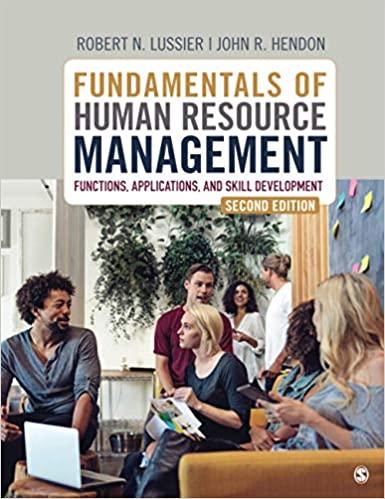Question
Quiz SEU_ECN500 - Global Economics Module 5: Trade Barriers: Additional Issues Module 6: Trade Regulations and Industrial Policies 10 questions (5 per module) 1. To
Quiz
SEU_ECN500 - Global Economics
Module 5: Trade Barriers: Additional Issues
Module 6: Trade Regulations and Industrial Policies
10 questions (5 per module)
1. To avoid the problems of a global quota system, import quotas are usually associated to specific countries; this type of quota is known as ________.
a. a protective quota
b. a revenue quota
c. a two tier quota
d. a selective quota
2. Concerning the administration of tariff-rate quotas, which is the most common technique of enforcement for the quotas?
a. License on supply allocation
b. License on demand allocation
c. Revenue tariff
d. Protective tariff
3. What occurs when foreign buyers are charged lower prices than domestic buyers for an identical product?
a. Dumping
b. Subsidizing
c. Protection
d. None of the answers are correct
4. Which measure may take the form of direct cash bounties, tax concessions, credit extended at low interest rates, or special insurance arrangements?
a. Government licenses
b. Government certificates
c. Government subsidies
d. Government content requirements
5. Which one is more restrictive - a quota or a tariff?
a. A tariff
b. A quota
c. They are the same
d. None of the above
6. The high point of U.S. protectionism occurred with the passage of the ________ in 1930, under which U.S. average tariffs were raised to 53 percent on protected imports.
a. Smoot-Sinclair Act
b. Smith-Ricardo Act
c. Smith-Hawley Act
d. Smoot-Hawley Act
7. In 1995, the General Agreement on Tariffs and Trade (GATT) was transformed into which organization?
a. The International Monetary Fund
b. The World Bank
c. The World Trade Organization
d. The World Investment Organization
8. Which term includes copyrights, trademarks, and patents?
a. Intellectual property
b. Supply
c. Demand
d. Consumption
9. At which trade round was the average tariff on manufactured goods of the nine major industrial countries cut from 7.0 percent to 4.7 percent, which is reflective of a 39 percent decrease?
a. The Doha round
b. The Uruguay round
c. The Tokyo round
d. The Kennedy round
10. ________ are intended to offset any unfair competitive advantage that foreign producers might gain over domestic producers because of foreign subsidies.
a. Subsidies
b. Countervailing duties
c. Government licenses
d. Consumption taxes
Step by Step Solution
There are 3 Steps involved in it
Step: 1

Get Instant Access with AI-Powered Solutions
See step-by-step solutions with expert insights and AI powered tools for academic success
Step: 2

Step: 3

Ace Your Homework with AI
Get the answers you need in no time with our AI-driven, step-by-step assistance
Get Started



